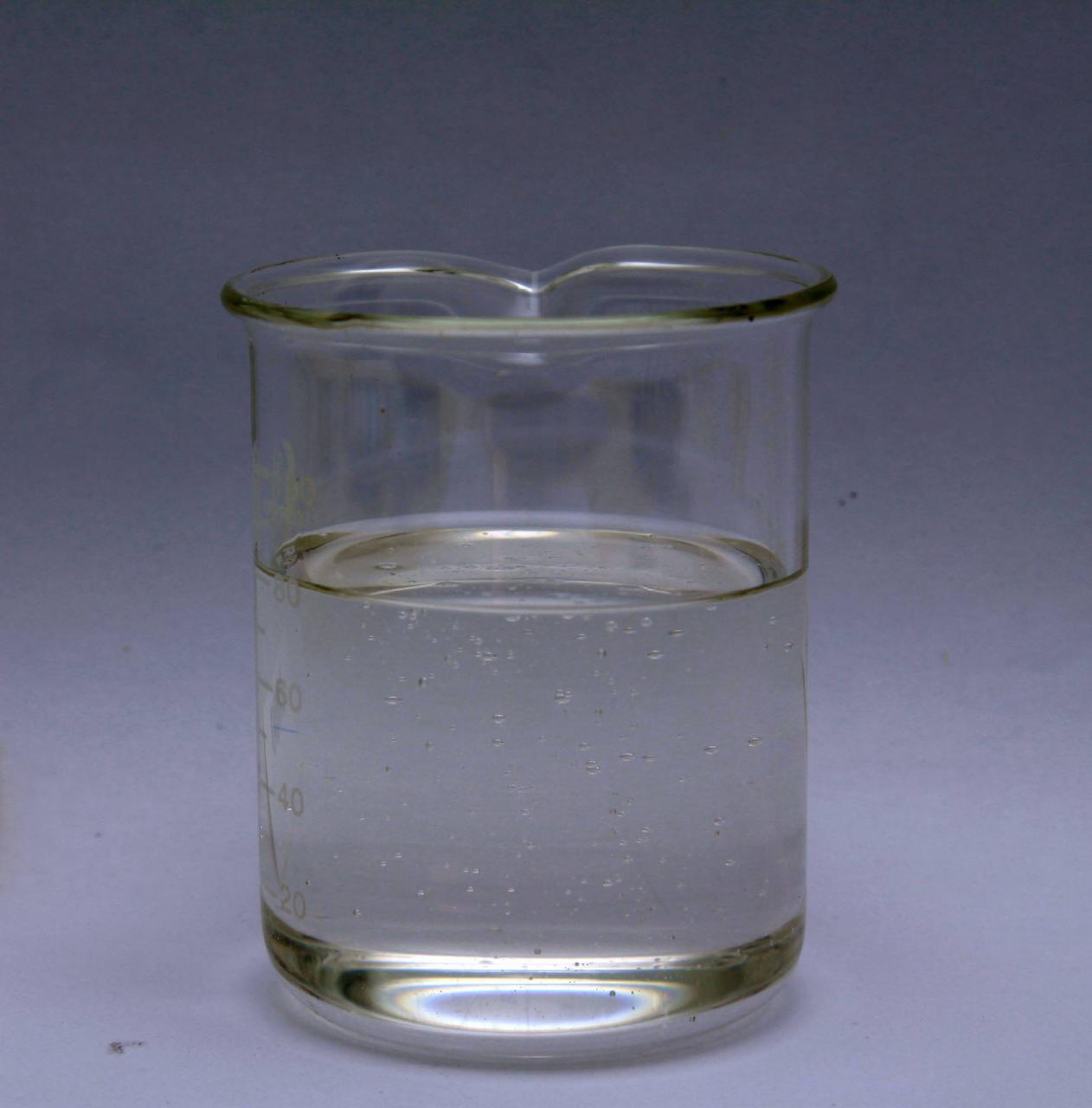[Alias]cis-octadec-9-enoic acid, octadecenoic acid, red oil.
[Molecular Formula]C18H34O2
[Structural Formula]CH3(CH2)7CH=CH(CH2)7COOH

[Properties]Oleic acid is an unsaturated fatty acid containing one double bond. The pure product is a colorless and transparent oily liquid. When exposed to the air, the color gradually darkens to yellow or red, and gradually becomes darker and darker, with an odor like lard. There are two types: stable type (α type) and unstable type (β type). It is crystal at low temperature and oily liquid at high temperature. The corresponding density is 0.8905 (20℃). Melting point: α type 13.4℃; β type 16.3℃. Boiling point: α type 223°C (1.333kPa) β type 286°C (13.3kPa). The refractive index is 1.4582 (20℃), the viscosity is 25.6mpa·s (30℃), the flash point is 372℃, the iodine value is 89~87, and the acid value is 198.63. Insoluble in water, soluble in benzene, chloroform, miscible with methanol, ethanol, carbon tetrachloride, ether and other volatile or fixed oils. Decomposes when heated to 80-100°C under normal pressure. When treated with nitrogen oxides, nitric acid, mercury nitrate and sulfurous acid, it can be converted into elaidic acid, and when catalytically hydrogenated, it can be converted into stearic acid. Oleic acid exists in the form of glyceride in general fats and oils. For example, lard contains about 51.5%, butter 46.5%, butter 18.7%, olive oil 82.6%, peanut oil 60.0%, sesame oil 47.4%, soybean oil 35.5%, cotton Seed oil 33.0%. Rapeseed oil 23.9%, camellia oil 83%, etc.
[Use]Organic synthesis raw materials, used to prepare ethyl oleate, butyl oleate, glyceryl oleate and oleic acid Oleates and oleates such as sodium and lead oleate can be epoxidized to produce epoxy oleate, which can be used as a plasticizer; oxidized to produce azelaic acid, and halogenated to produce halogenated stearin. acid. In the printing and dyeing industry, it is used as lubricant, coarse wool detergent, and viscose fiber post-treatment agent. It can be used as a soap substitute to wash silk, wool, cotton, linen and synthetic fibers. It is also a good leveling agent, fiber protective agent and color brightening agent. Refined oleic acid is used in plastics, engineering plastics, synthetic fibers and nylon. The raw materials of 6 and nylon 9 can also be used as industrial solvents, metal flotation agents, release agents, pesticide emulsifiers and raw materials for manufacturing cosmetics, shampoo, carbon paper, ballpoint pen oil, typing wax paper, etc.
[Simple preparation method]
① Use animal and vegetable oils as raw materials, hydrolyze them into fatty acids, and then separate them by hot pressing and solid fatty acids. The crude oleic acid obtained is separated by freezing and cold pressing. The finished product oleic acid is obtained.
② It is obtained by saponifying, acidifying, separating and distilling vegetable oil soapstock (such as cotton oil soapstock, etc.).
[Safety and Protection]This product is non-toxic. Packed in galvanized iron drums, with net weight of 25kg, 50kg or 180kg per drum, stored and transported in accordance with general chemical regulations, and stored in a cool and dry place.

 微信扫一扫打赏
微信扫一扫打赏

